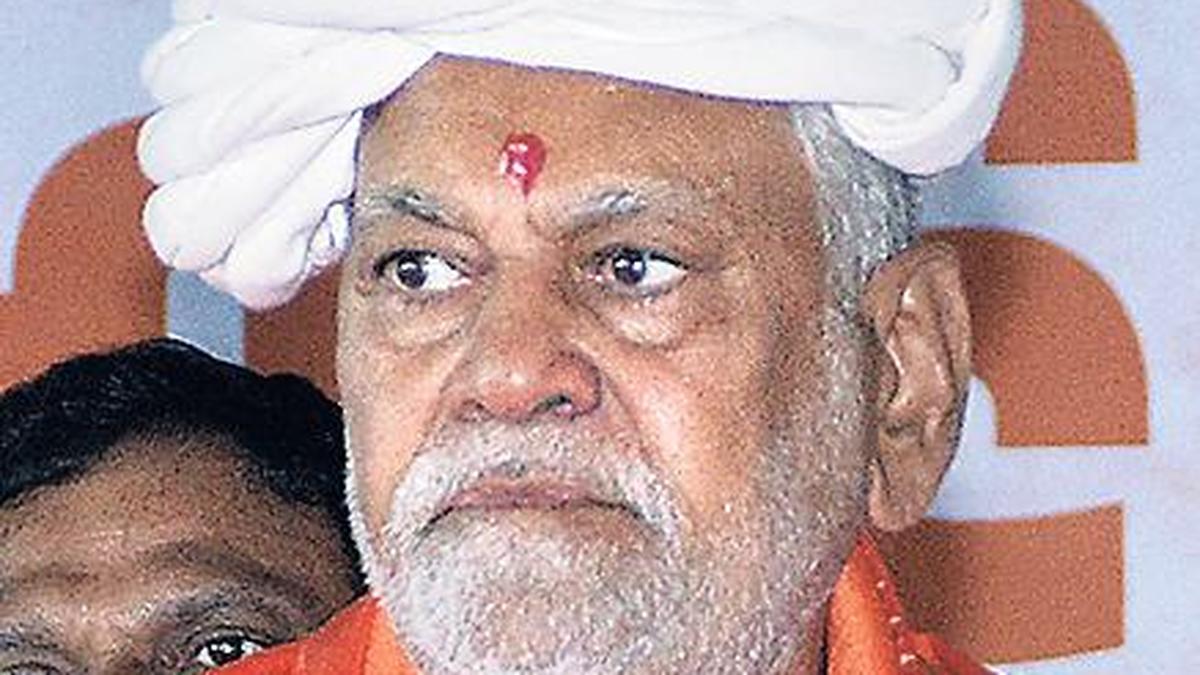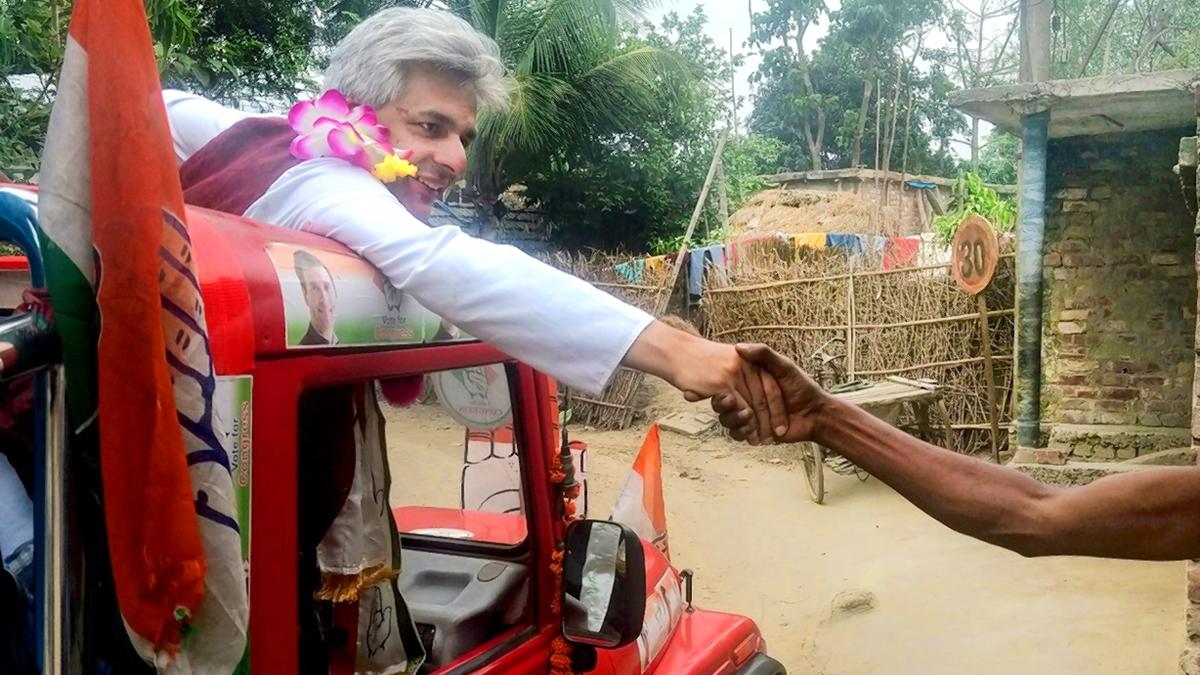The Supreme Court asked the Election Commission of India five questions about the Electronic Voting Machines (EVMs), including whether the microcontrollers used were reprogrammable.
In an unusual development nearly a week after the case was reserved for judgment, a Bench of Justices Sanjiv Khanna and Dipankar Datta returned with a series of questions directed at the top polling body. The development comes even as the Lok Sabha elections are poised for the second phase of polling on April 26.
Also read: What is the EVM-VVPAT verification issue before the Supreme Court? | Explained
On Wednesday, Justice Khanna read out the five questions in open court as lawyers for the Election Commission and the petitioners were present. These include whether microcontrollers were installed in the control unit or the Voter Verifiable Paper Audit Trail (VVPAT). “We were under the impression that the microcontroller was installed in the control unit of the EVMs,” Justice Khanna said, seeking a confirmation.
Secondly, the court asked if the microcontroller installed was “one-time programmable”. Thirdly, the court asked the Election Commission as to how many Symbol Loading Units were available with it. Fourthly, the Bench noted that the limitation period for storing the EVMs was submitted as 30 days. EVMs are sealed and stored in safe places in case there were any election petitions or likelihood of a recount. “However, Section 81 of the Representation of People Act says the limitation period is 45 days. We want a clarification from your officer,” Justice Khanna told senior advocate Maninder Singh, appearing for the EC.
Finally, the Supreme Court said the EVMs include three components — ballot unit, control unit and VVPAT. “Are they stored and sealed together?” Justice Khanna queried.
Mr. Singh said the official concerned would be present and respond to the questions at 2 p.m.
The case had been reserved for judgment on April 18 after two continuous days of hearing. The petitioners had originally sought a 100% cross-verification of EVM and VVPAT count. Currently, cross-verification of EVM-VVPAT happens only in five randomly selected polling booths in a constituency.
The petitioners, Association for Democratic Reforms and Arun Kumar Agarwal, had argued that 97 crore registered voters in the country had a right to a more transparent electoral system. Advocate Prashant Bhushan and senior advocate Gopal Sankaranarayanan, for the petitioners, had highlighted the fundamental right of the voter to confirm that his vote has been cast right.
The petitioners had clarified they were not attributing malice to the EVMs. Their only issue was that the EVM system did not provide voters with confirmation or confidence about their votes.
The voters’ interface was with a button. They had no way to know that the machine had accurately recorded their votes. The VVPAT machine showed the slip only for the blink of an eye - seven seconds after the vote was cast.
Mr. Bhushan had suggested options - revert to paper ballots, give VVPAT paper slips to voters for them to put in the ballot box, make VVPAT screens transparent glass rather than opaque, as it was now, and the cross verification of EVM and VVPAT counts in all polling booths.
The Bench had chided petitioners that “it was not good to be over-suspicious about everything”.
The Election Commission of India had countered that EVMs were “perfect” and cannot be tampered with. The Election Commission of India (ECI) had categorically assured the Supreme Court that it is impossible to tamper with electronic voting machines (EVMs) “at any stage”.
Replying to a query whether tampering of EVMs was possible after polling, the Election Commission had said polling officers would press the ‘close’ button at the end of polling. At the time of counting of votes, the total votes recorded in a particular control unit is tallied with the account of votes in Form 17C. If there is any discrepancy, the counting agents of the candidates can request the counting of VVPAT paper slips,” an EC affidavit had explained.

 1 week ago
139
1 week ago
139




